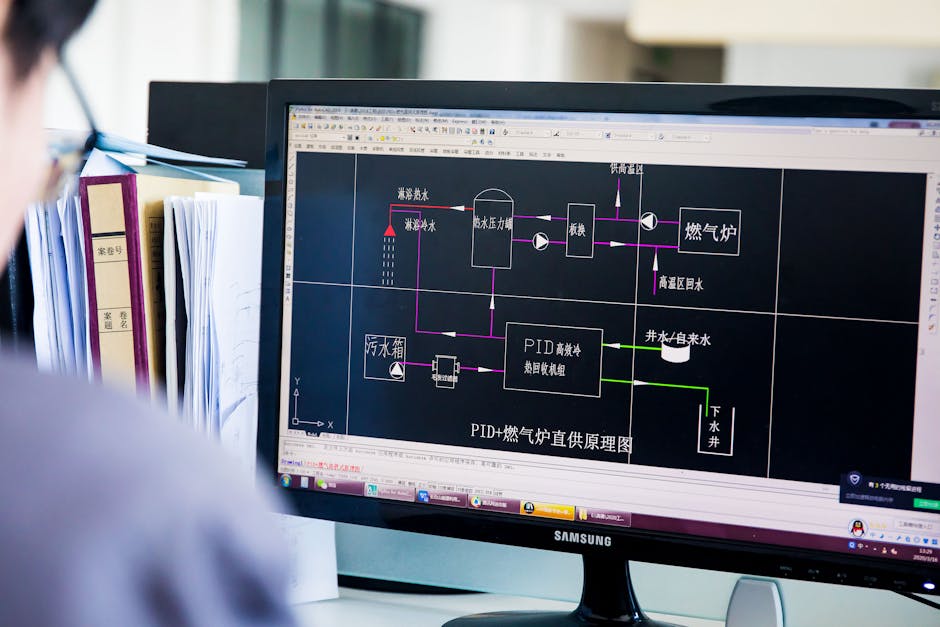Here we are in 2025. It feels a bit strange to be writing about Windows 10 features when Windows 11 is the main show. But the reality is, a whole lot of computers are still running this operating system. Maybe your work PC hasn’t been updated, or your home machine just doesn’t meet the new hardware requirements. Whatever the reason, Windows 10 is still out there, doing its thing. It is the workhorse that just keeps going. And you know what? A lot of its features are still pretty good, and it’s worth taking a look at what makes this OS tick even now. It’s a system that a ton of people got really used to and that stability is something people like.
The Good Old Start Menu and Interface
The Start Menu in Windows 10 was a big deal when it first came out. It was considered to be Microsoft’s apology for Windows 8.
They tried to make everyone happy. They brought back the familiar list of apps on the left, kind of like Windows 7.
Then on the right, you got the Live Tiles. Those were the colorful, flippy boxes that showed you stuff like weather or news.
Honestly, a lot of people just turned the Live Tiles off. But the option was there which was the point. It was flexible.
The rest of the interface is just… familiar. The taskbar, the system tray. It’s all where you expect it to be, typically.
Action Center: All Your Notifications in One Place
That little speech bubble icon on the far right of the taskbar? That’s the Action Center. It’s basically two things in one.
It’s a spot for all your notifications. Emails, system alerts, updates from apps, they all pile up in there for you to check later.
This is super handy. Instead of pop-ups that vanish forever, you have a running list of everything that’s been trying to get your attention.
The other part of it is the Quick Actions area at the bottom. This is where you find those handy buttons.
Quick Actions Buttons
These are the little shortcuts that let you do common stuff without digging through settings menus. It is a system that saves a lot of time.
Network: Quickly see and connect to Wi-Fi networks.
Night Light: This changes your screen color to be easier on the eyes at night.
Settings: A one-click button to open the main Settings app.
Tablet Mode: This one made the whole system more touch-friendly, which was great for 2-in-1 devices.
Normally, you can customize these buttons to show the things you use most often. It’s a small detail but makes the OS feel more personal.
Managing Your Alerts
The notification part is pretty smart too. You can right-click on a notification and tell it to stop bothering you.
Or you can go into the settings and control exactly which apps are allowed to send you alerts. It gives you a good bit of control.
Virtual Desktops and Task View Are Still Power Tools
This is one of those Windows 10 features that a lot of people forget about. But it’s incredibly useful for staying organized.
The idea is simple. You can create separate, clean desktop spaces for different tasks. It is something that can change how you work.
You could have one desktop for all your work-related browser tabs and documents. And then, with a keyboard shortcut, you can switch to a completely different desktop.
That second desktop could have your personal email, music, or social media open. It keeps everything separated and less chaotic.
How It Works
To get started you just hit the Task View button on the taskbar. Or you can press the Windows key + Tab on your keyboard.
This opens up a screen that shows all your open windows. At the top, you’ll see an option that says “New desktop.”
Click that, and boom, you have a fresh, clean desktop space. You can drag and drop open windows between your different desktops from this view.
Switching between them is fast. You just use the Task View screen or the keyboard shortcut Ctrl + Windows key + Left/Right Arrow.
It’s a feature that feels like it was made for people who have way too many things open at once. Which, let’s be honest, is most of us.
Security That’s Just Built Right In
One of the best things about Windows 10, especially now in 2025, is its security. It’s not something you have to think about too much.
Microsoft Defender, which used to be called Windows Defender, is the antivirus and anti-malware tool that comes with the operating system.
And for the average person, it does a perfectly fine job. It runs in the background, gets regular updates, and protects you from most common threats.
You don’t really have to go out and buy a separate antivirus program anymore unless you have some very specific needs.
Then there’s Windows Hello. If your computer has a fingerprint reader or a special camera, you can log in with your face or finger.
This is more secure than a password and way faster. It’s one of those things that once you use it, you don’t want to go back.
The OS also gets regular security updates through Windows Update, which is super important for keeping your machine safe from new problems.
The Microsoft Store and Other Apps
Okay so the Microsoft Store on Windows 10. It has always been a bit of a mixed bag, hasn’t it.
The idea was good. A safe, curated place to download apps, just like on your phone. And for some things, it works well.
You can get apps like Netflix, Spotify, and some simple games. And you know they’re safe because they’ve been checked by Microsoft.
But the selection was never huge. A lot of big software developers just never put their main programs on the store.
Another thing that came with Windows 10 was the Xbox integration. The Xbox Game Bar is actually a really neat tool for gamers.
You can press Windows key + G to bring up an overlay that lets you record clips, take screenshots, and chat with friends. It works with most PC games.
It shows you your computer’s performance too, like how hard the processor is working. For gamers, this is a genuinely solid feature.
Frequently Asked Questions (FAQ)
1. Is Windows 10 still getting security updates in 2025?
Yes, but it’s ending soon. Microsoft’s official support for Windows 10 is scheduled to end in October 2025. After that, you won’t get the regular free security updates which is a big deal for safety.
2. Can I still use Cortana on Windows 10?
Cortana as a standalone assistant app was discontinued. Its functions have been sort of absorbed into other Microsoft products, but the voice assistant you remember from the early days of Windows 10 is not really a thing anymore.
3. What’s the main difference between Task View and Virtual Desktops?
Task View is the name of the feature or the screen you see when you press Win+Tab. Virtual Desktops are the separate desktop spaces created and managed within that Task View screen. So, you use Task View to handle your Virtual Desktops.
4. Should I upgrade from Windows 10 to Windows 11 if my PC supports it?
Generally, yes. Windows 11 has a more modern design, better performance on some new hardware, and improved security features. Since Windows 10 support is ending, moving to Windows 11 is the recommended path for long-term security and features.
5. Does Windows 10 still have a “Tablet Mode”?
Yes, it does. This mode makes the interface more touch-friendly by making icons bigger and having apps open in full-screen by default. It’s great for 2-in-1 laptops and tablets, but it was removed in Windows 11 in favor of a more adaptive interface.
Key Takeaways
Windows 10 is still a totally usable operating system in 2025, especially for older hardware that can’t run Windows 11.
Core features like the Start Menu, Action Center, and File Explorer are familiar and efficient for getting work done.
Tools like Virtual Desktops are great for power users who need to organize a lot of open windows and tasks.
The built-in security with Microsoft Defender is good enough for most people and makes the OS safe for everyday use, at least until support ends.
While it’s nearing the end of its life, Windows 10 remains a solid, stable platform that millions of people still rely on every day.



